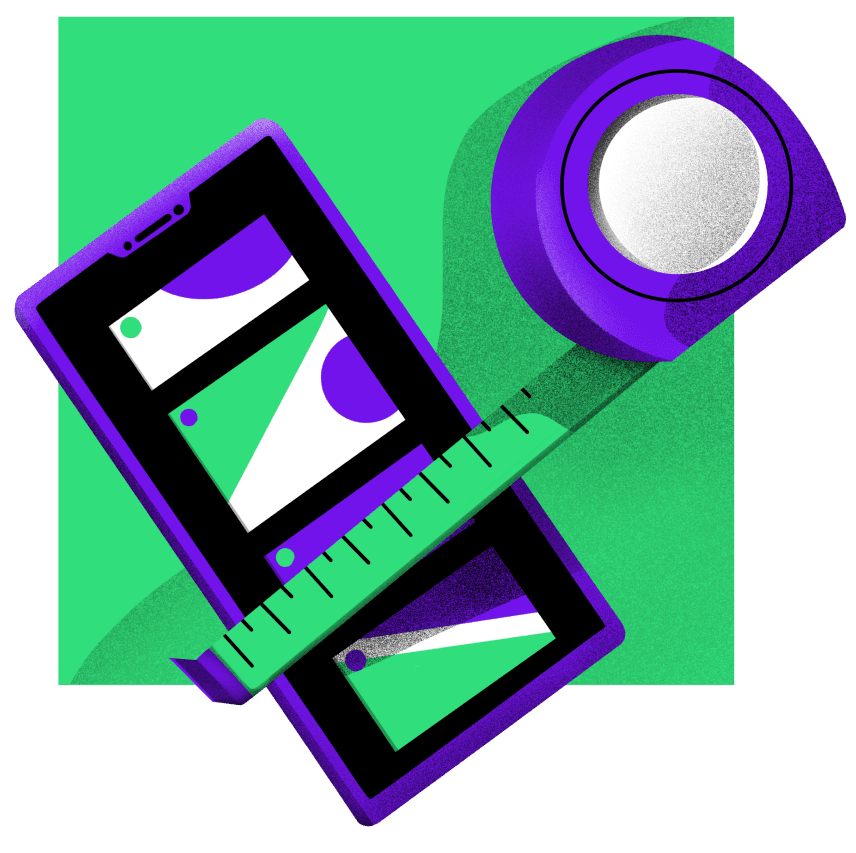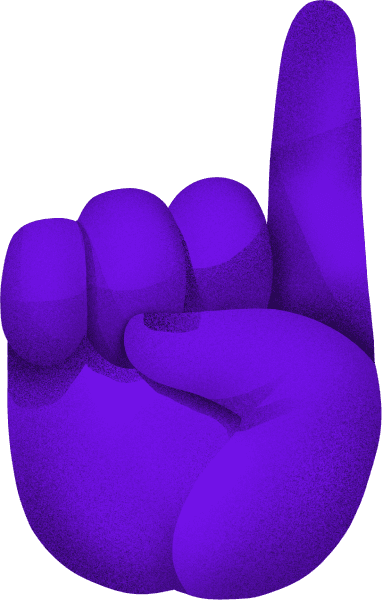React Native Development Services
One Codebase.
Infinite Possibilities.
Build better, faster, and smarter with React Native





React Native Development Services
iOS. Android. Single Codebase.
The days of needing a separate codebase for each mobile OS you’re developing for are over.
With React Native, we implement a single codebase for both the iOS and Android platforms. The benefits of cross-platform development include rapid deployment, quick rendering, component-based architecture, better code organization...and, of course, only one code set to manage.
Go to market faster than ever. Scale, iterate and grow at a pace that works for you.
A React Native Development Company like Makers' Den can even leverage the same code for web apps if you're developing for the web simultaneously. Watch your budget dollars go farther than ever before.
One codebase, many options.
Why React Native
Beyond the App Store
The beauty of using a platform like React Native is that it allows you to push front-end updates to your app without resubmitting the changes to any app store. This means you can adjust to user feedback on-the-fly and spend hours - not days - getting app enhancements out to the world.
By working with a React Native Agency like Makers' Den you can experience the power, efficiency and cost savings of React Native.
Some major companies that use React Native for their mobile apps:
Meta
Microsoft
Coinbase
Tesla
Uber
Discord
Klarna
Pinterest

React Native Demo Apps
Example Apps by Makers’ Den
Try some of our apps to see what's possible using React Native.
Sneakers App
A butter smooth shopping experience for the fashion aware sneaker head. Shopping, product drops, blogs, video stories - all you need to deliver bespoke content and products to your target audience. Source code available on request. iOS version available on Test Flight (ask for invite).
APRMTS Rental App
An AirBnB clone, with functioning registration, login, search and apartment listing as well as map navigation. It's has the features of the quintessential marketplace SaaS app. Source code available on request. Soon available on app stores.
Universal App
Our project estimation delivery app is a universal application, where the same codebase delivers Web, iOS and Android. Including Web from the same React Native codebase has drawbacks, like less slick UX overall, but sometimes this compromise can be the right choice. Source on Github.

Why Makers' Den
Your Vision.
Our Makers.
You’ve got a lot of choices when it comes to selecting a mobile app developer. What you’ll get with Maker’s Den is an unmatched passion and commitment to your project that you won’t find anywhere else. We revel in technology advances and keep our skills sharp at all costs. What we really take pride in is our dedication to building bespoke, quality, bullet-proof apps that make an impact on your business.
Development, design, and project management for your mobile app project to ensure it runs smoothly, but, more importantly, our React Native experts help provide strategic direction for your ideas and guarantee that you go live without compromise.
Around 90% of mobile apps, and 99% of B2B mobile apps should be React Native apps. There's very little reason to do native iOS/Android dev.
Single dev team, faster Iteration, cross-platform dev, re-usable components, instant updates, community support.
It's a game changer.
[Mateusz Koncikowski, Partner]
Risks
Now’s the Time to Develop for the Future
Of course, you can go with platform native apps, but be aware of the disadvantages:
You will end up with multiple codebases, doubling development and maintenance costs.
You will have a team per platform, increasing coordination efforts.
You will lose feature parity between apps as one team is scrambling to catch up with the other.
You won't benefit from the rich community and ecosystem offered by React Native.
What about alternatives like Flutter?
We've experimented with it, and although it looks good on paper, the realities are that Flutter is still immature in 2023, its ecosystem is lacking and adding a weird language like Dart adds more complexity.

Top React Developers Germany 2023
5.0 stars

Featured RN Article
The top 7 reasons why you should choose React Native
Mateusz Koncikowski, partner at Makers' Den, muses on the reasons we are long on React Native, and working with a React Native Development Company is likely the right choice for you.
Read Why React NativeReactJS Case Studies
Projects we are proud of

Klarna: Bespoke payment solutions for big brands
Klarna is huge. Their clients can be huge. Huge clients deserve custom solutions. We provided said custom solutions using ReactJS, NodeJS, and Typescript.
Read Case Study

Fido: Trash Valet for Property Managers
Fido operates a trash valet service for vacation rental property managers. Turns out pushing bins to the curb and back in again on the right days at scale is a tremendous logistical undertaking.
Read Case Study

Wonder: Scaling up the Frontend Team
Berlin-based spatial video conferencing service Wonder hit the startup scene with a bang during the pandemic and reached hockey stick growth numbers. They needed to grow fast to meet demand and asked for our support.
Read Case Study
![Image of [Mateusz Koncikowski, Partner]](/_next/image?url=https%3A%2F%2Fa.storyblok.com%2Ff%2F188026%2F800x1000%2Fc1463e1191%2Fteam-member-7.png&w=3840&q=75)



























